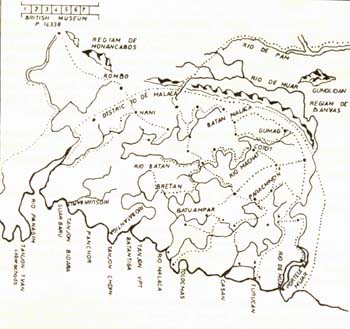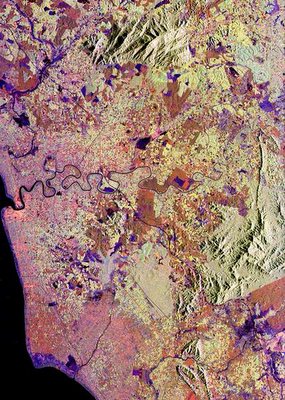
Others are offering services to sell to businesses to provide Google Earth reference data to help customers find their products and services. A real estate broker is offering information on homes through a large database through the Google Earth interface.
Another company, called GlobeAssistant.com, is offering services to help businesses in the travel industry, real estate, and news services to use Google Earth to enhance their businesses. For example, they are selling a service to take recent news stories and present the location of the story through an RSS feed in Google Earth format.
News organizations can use Google Earth to quickly show its readers or viewers geographic references related to their stories. This has already been done numerous times. And I expect it will become more common as these organizations learn more about Google Earth. I expect Google will have special pricing and special versions of the tool for these customers as well.
Travel is a very interesting area which would allow businesses (say travel agents) to provide special presentations on tours, hotel locations, restaurants, etc. for prospective travellers with Google Earth as the presentation vehicle. They could also use it as a research tool to quickly find information customers are interested in finding. Sports is another area with enormous potential. We can used Google Earth to learn more about the Le Tour De Langkawi routes, Paris-Dakar Rally routes and the location of the riders in just a few minutes than we had ever learned in the past. Using it to watch long-distance sailboat races is another thing we can expect to see any day.
Google Earth has a very open interface for allowing outside data resources to be incorporated both statically and dynamically within it. There are many applications people haven't even thought of which will result in business opportunities. I forsee applications for computer games, flight simulation, custom weather data, sports, travel, oil exploration, TV shows, and much more.
The other thing about Google Earth is that it is free and supported by a very high-profile company like Google. The type of market awareness they will generate when they release Google Earth more publicly will guarantee a high number of people who use the application. This will translate into market opportunities for many kinds of businesses. Based on our experience with this phenomena starting with Mosaic and Netscape, I'm confident great things are in store for Google Earth and innovators who ride the wave. The image shown above is Petronas Twin Tower in 3D, develop in Sketch-Up and publish it using Google Earth format, .KML



